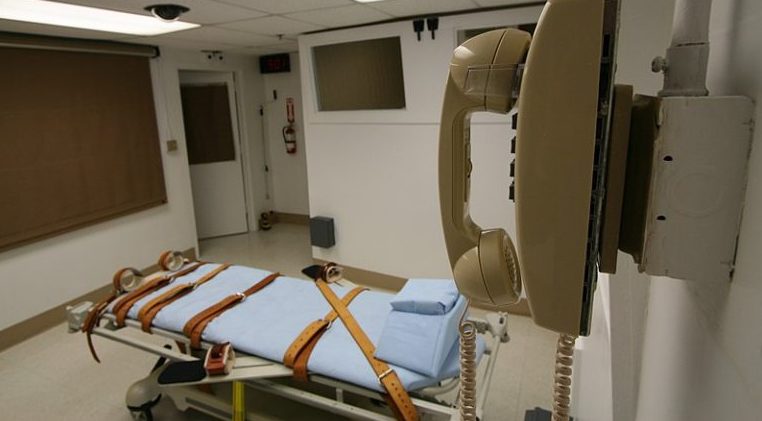 News
NewsThe US Supreme Court, on Thursday in a 5-3 decision, voted to reinstate the execution of John Marion Grant, allowing Oklahoma to commit its first execution in six years.
A shortage of the traditionally accepted lethal injection drug cocktail has led states to experiment with new combinations. In 2014 and 2015, the state of Oklahoma executed Clayton Lockett and Charles Warner using the sedative midazolam to reduce the pain of the heart-stopping drugs. Both experienced what they indicated to be severe pain and adverse reactions to the drug, suggesting that the midazolam may not be as effective at sedating individuals facing execution. Since these incidents, the state has faced litigation by death row prisoners who allege that this less effective drug cocktail violated the Eighth Amendment prohibition on cruel and unusual punishment.
Just a day before the Supreme Court’s reversal, the US Court of Appeals for the Tenth Circuit had issued a stay on Marion’s execution and the execution of Julius Jones scheduled for November 18. The Tenth Circuit found that the class of Oklahoma death row prisoners had shown there were questions of fact that still needed to be resolved regarding the safety and efficacy of the drugs used to commit the execution. The court vacated the execution orders to allow Grant and Jones to participate in bringing “what may be a viable Eighth Amendment claim to the federal courts before they are executed using the method they have challenged.”
Oklahoma then filed an emergency petition with the Supreme Court alleging the circuit court improperly applied summary judgment standards to the request for a preliminary injunction.
John Marion Grant was killed by the state later the same day the Supreme Court issued its order. Upon injection of the first drug, he convulsed and vomited several times before being declared unconscious.

